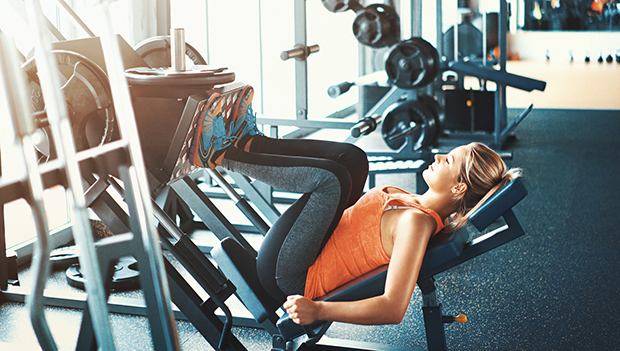
Once the domain of bodybuilders and athletes involved in strength and power sports, resistance training is now universally accepted as a vital training component for endurance athletes and essential to overall health and well-being.
In addition to improving your riding, a resistance-training program done on a regular basis can go a long way in improving your quality of life. Here are a few ways that resistance training can keep you healthy and riding strong:
More: 3 Ways to Improve Your Cycling Away From the Bike
null Events Near You
Improves Bone Density
This is a big one for us riders—there are several studies that investigate bone density in competitive cyclists and have found that some elite-level riders have less bone density than sedentary controls.
Cycling is a non-weight-bearing activity, and while this may be great for people with orthopedic concerns or previous injuries, it contributes very little to bone health. Further research is warranted as to determine the precise mechanisms behind this bone loss, but resistance training can help strengthen your bones and combat the threat of osteopenia and osteoporosis.
More: 10 Training Fundamentals for Cyclists
Helps Minimize Muscular Imbalances
Let's say you're training for a century and have just come back from a 4-hour ride averaging 85 revolutions-per-minute. During that ride, you completed 20,400 pedal strokes! Over time, this can create a muscle imbalance in which your hip and knee extensors (quadriceps and glutes, the muscles responsible for pushing downwards on the pedals) can become quite strong while the other muscles in your lower extremity (hamstrings and hip stabilizers) can lag behind. A well-designed resistance-training program can take this into account and help minimize the possibility of muscular imbalances.
More: Improve Your Sprint Finish With a Strength Workout
Power
Sprinting up a hill, enjoying a pick-up game of basketball, or playing with your kids involves a certain element of muscular power. Cycling does wonders for your aerobic system, but does very little to enhance your muscular power (unless you are training as a track cyclist). Specific forms of resistance training (hops, jumps, and other types of plyometric exercises) can enhance the natural elastic capabilities of your muscles and tendons to make you a more powerful rider and also help with other sports and activities you may enjoy.
More: 4 Strength-Training Exercises to Boost Power


